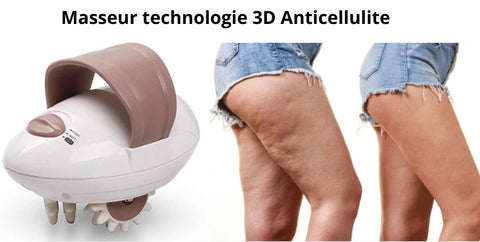
What type of cellulite and how to treat it
Share
How to recognize your type of cellulite and treat it

Photo by Tea Oebel from Pexels
Cellulite, also called orange peel skin , affects 90% of women!
Dimples appear when the amount of fat cells accumulates in the subcutaneous connective tissue, causing narrowing of the blood vessels.
There are 3 main types of cellulite. Each type has its causes and its specificities, it is important to know them to better eliminate them.
How to recognize them and what methods to effectively combat orange peel skin? Versatims tells you everything:
Adipose cellulite:
It is caused by excess fat and is often seen in slightly overweight women. The kilos and fat will be lodged mainly in the hips, the famous saddlebags and in the stomach.
How to recognize the fat cell?
If you have noticed that when you contract your buttocks, cellulite appears there, it is because it is adipose cellulite. It is recognized simply by contracting or pinching the skin; it is soft and not painful.
How to treat adipose cellulite?
Weight loss and strength training are the most effective weapons.
Muscle strengthening helps to strengthen the body and make orange peel skin disappear.

You can use resistance bands to do anti-cellulite exercises. Losing cellulite quickly on your thighs and buttocks quickly is possible!
Watery cellulite
Being overweight is not the cause of this type of cellulite. Aqueous cellulite mainly results from circulation problems in the veins and water retention, which causes the fat cells and dimples that form under the skin to stagnate.
How to recognize the fat cell?

No need to pinch your skin to see it, it is often accompanied by a feeling of heavy legs. Ankles and feet tend to swell
How to treat watery cellulite?
As for food, focus on plants that help evacuate water. Lymphatic drainage to help your body eliminate, a massage that "deflates".
Fibrous cellulite:
This is the most difficult to treat. It is caused by the encrustation under the skin of collagen fibers which harden. Often when we don't treat the first two types of cellulite quickly enough.
How to recognize the fibrous cell?
It can be painful depending on the areas when you pinch. Located especially on the thighs and buttocks, it is visible to the naked eye and hard to the touch.
